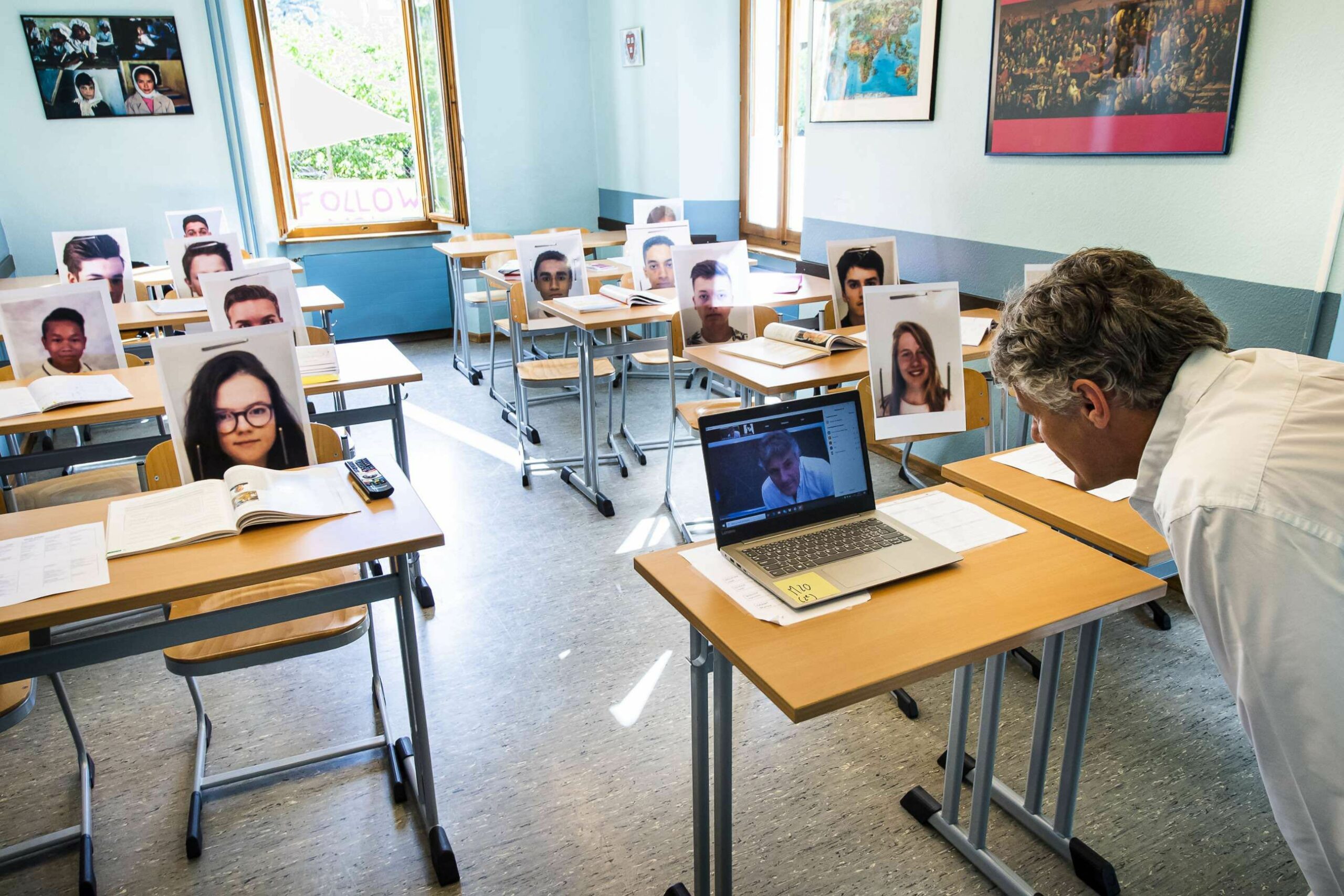Author:
Hazard (2019) stated that “identity, literacy, and education are socially constructed” means that these aspects of learning are shaped by the society, culture, and environment in which students grow up. Identity is influenced by interactions with family, teachers, and peers. Literacy is more than just reading and writing; at the same time, it is connected to communication and cultural understanding. Education changes based on the needs, values, and traditions of different communities.
Martin et al. (2020) highlighted adaptive learning as an approach that responds to different student needs. It emphasizes the importance of using technology and flexible teaching methods to personalize learning experiences. This connects to Hazard’s idea because if identity, literacy, and education are socially shaped, then teaching should not follow a one approach.
To adapt our teaching strategies to meet the needs of diverse students, we need to consider these things. Firstly, using technology and adaptive learning. Technology allows teachers to create personalized learning experiences. Martin et al. (2020) explained that adaptive learning systems adjust content based on students’ abilities. Next, recognize and value student identity. Since identity is socially constructed, teachers should try to understand their students’ backgrounds. When I was in high school, the teacher who taught me the subject of Chinese history gave all students a interview about their cultural history based on students’ own family and hometown. This approach effectively enhances students’ sense of national pride and identity. Then, create collaborative learning environments. Social interaction is key in constructing knowledge. Group projects and peer discussions can help students learn in a way that reflects real-world social interactions. It could be easily seen that this way is being widely used, and every student even though they are in various grades, could get benefit from it.
References
Hazard, Russell. (2019). Supporting 21st Century Skills in Language and Literacy Classrooms with a Multiliteracies Approach.Conference Paper. https://www.researchgate.net/publication/346187182
Martin, F., Chen, Y., Moore, R. L., & Westine, C. D. (2020). Systematic review of adaptive learning research designs, context, strategies, and technologies from 2009 to 2018. Educational Technology Research and Development, 68(4), 1903-1929. https://link.springer.com/article/10.1007/S11423-020-09793-2

Hello Kerui Wu,
It is clear from your blog that identity, literacy, and education are shaped by social and cultural factors. I agree that literacy extends beyond reading and writing to incorporate communication and cultural understanding. Your discussion on adaptive learning highlights the need for flexible teaching strategies. The example of a Chinese history teacher integrating students’ cultural backgrounds effectively demonstrates how education can strengthen identity. I also appreciate your emphasis on collaborative learning, as social interaction plays a crucial role in knowledge construction. However, I would like to learn more about the challenges of implementing adaptive learning and how technology can be used inclusively. Exploring practical strategies for balancing standardized curricula with personalized learning would further enrich this discussion.
Hi Kerui,
Great discussion of identity, literacy, and education as social construction and its connections to adaptive learning. Some interventions like using interviews mentioned in a Chinese history class help in integrating students’ cultural background into learning, resulting into identity and engagement. Moreover, your focus on technology and collaboration reflects current educational methods that prioritize inclusivity and adaptability. As classrooms become even more diverse, educators must be adaptable and responsive to students’ unique experiences. In a nutshell, your reflections underscore the need for a school of thought that adapts at its core to the realities of a wide ranging and variable student population in classrooms today.